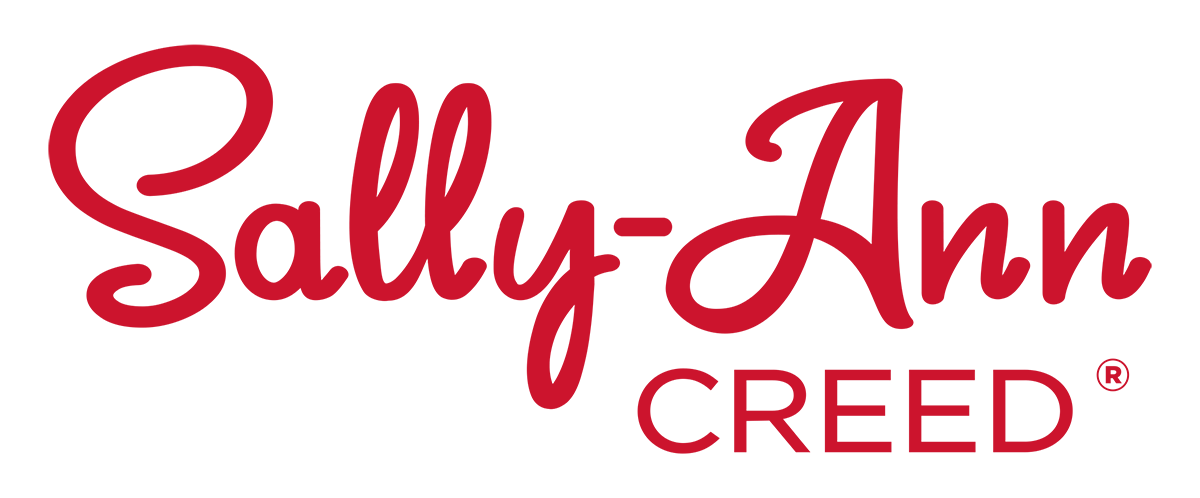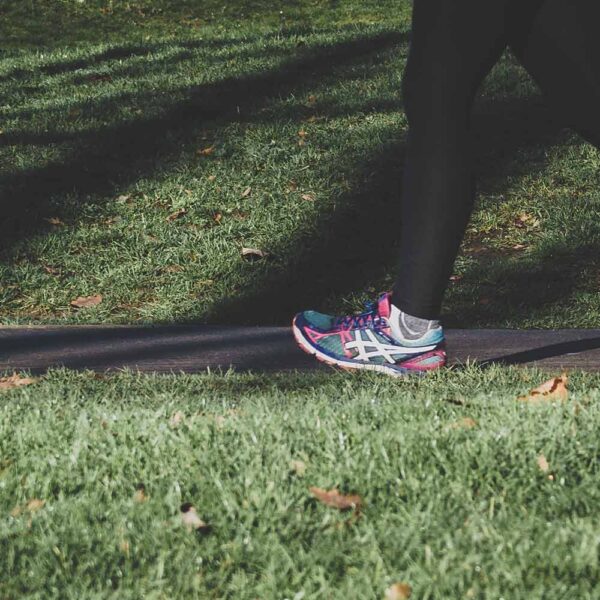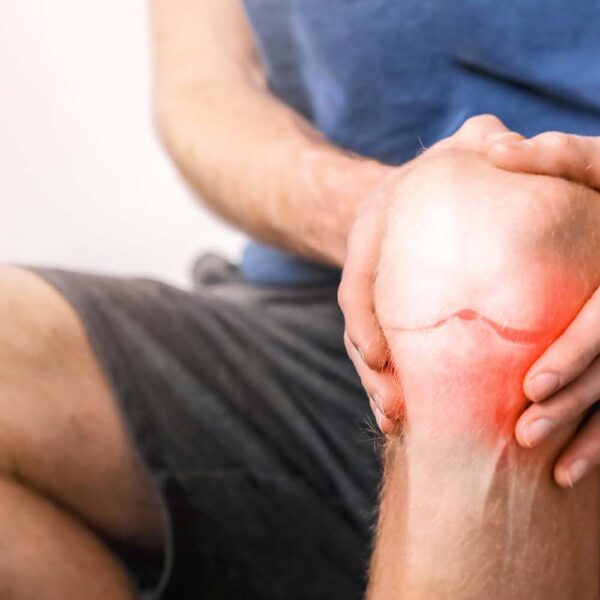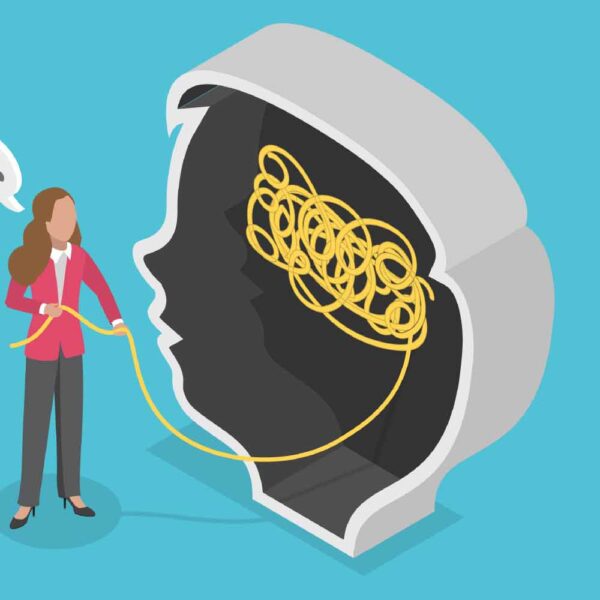Fitness is not a one size fits all topic and we all have our own preferences when it comes to staying fit. There are several different styles of training which one can use to achieve their personal fitness goals and most people choose to stick to the one they most enjoy. Here are different types of training styles that you can easily incorporate into your lifestyle!
As an addition to all the below-mentioned styles, it is worthwhile mentioning that training your balance will also go a long way in improving your daily movements. Your balance is tested when doing strength training but further training for your balance could include practice standing on one leg and if that gets easy, close your eyes, and try it! It may seem easy at first, but it will make trying to wash the other foot in the shower that much easier!
Cardiovascular training:
This type of training can be defined as any activity that increases your heart rate for a sustained period. The following exercises can be incorporated to develop your aerobic fitness levels:
- Running
- Swimming
- Cycling
- Rowing
- Hiking
Do all of these at your own pace and slowly build up the intensity of your workouts. It can be as simple as walking for an hour and sometimes alternating with a bit more vigorous exercise for a shorter period. It really all depends on your goals and your current level of fitness,
Strength training:
Contrary to popular belief, you do not need to only do weight training to develop strength! Any activity that forces your body to work against gravity can make you stronger. These activities could include picking up your children or even carrying the groceries.
As previously stated, the key is to work against gravity. A couple of exercises that you can do also include push ups, burpees, pull-ups, and step-ups to name a few. Strength is a relative term as it means something different to each person. Once you figure out what yours, do more of it and there are plenty of options to choose from!
Flexibility training:
The type of training is arguably one of the most important types of training because muscles that are flexible have less of a chance of getting injured. It is also said that the more flexible and mobile you are, the better you will age and move freely with little aid. The way in which you can improve your mobility and flexibility include dynamic stretches as well as static stretches. Dynamic stretches such as wall running, high knees and hamstring walkouts are all beneficial to improving your flexibility. Static stretches such as a standing quad stretch, hamstring stretch, neck and shoulder stretches should be incorporated into your daily activity.
Do the above for just 15 mins every day and you will undoubtedly feel the difference in your movement.
We would love to hear more about your personal fitness journeys. If you would like to know more about starting yours, please get in touch!








